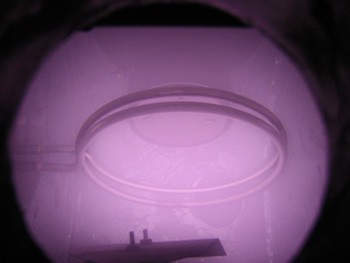Niklas from Advanced Tinkering will host the Hack Chat on Wednesday, March 6 at noon Pacific.
Time zones got you down? Try our handy time zone converter.
To the casual observer, there's not much that goes on in experimental physics that doesn't require at least a partial vacuum. It makes sense when you think about it; our atmosphere is so thick and so loaded with water vapor and reactive oxygen that it just has to play havoc with experiments. Even when the goal is more applied than empirical, getting rid of all those pesky molecules is often the first step in getting good results.
But pulling a vacuum is rarely an easy task. Sure you can pump out some of the air, but that just makes the rest of the atmosphere try really hard to get back inside and ruin your day. It takes a lot of specialized equipment, a lot of precision-machined stainless steel fittings, and quite a bit of experience not only to pull a vacuum, but to then be able to work within it and do something useful.
One place where we've seen a lot of high-vacuum action is over on YouTube channel Advanced Tinkering. The channel has a wealth of interesting experiments, many of which need a good vacuum to get going. To that end, channel owner Niklas has assembled a nice collection of vacuum gear, and we asked him to drop by the Hack Chat to talk about what he's learned by embracing the suck.






An informative session